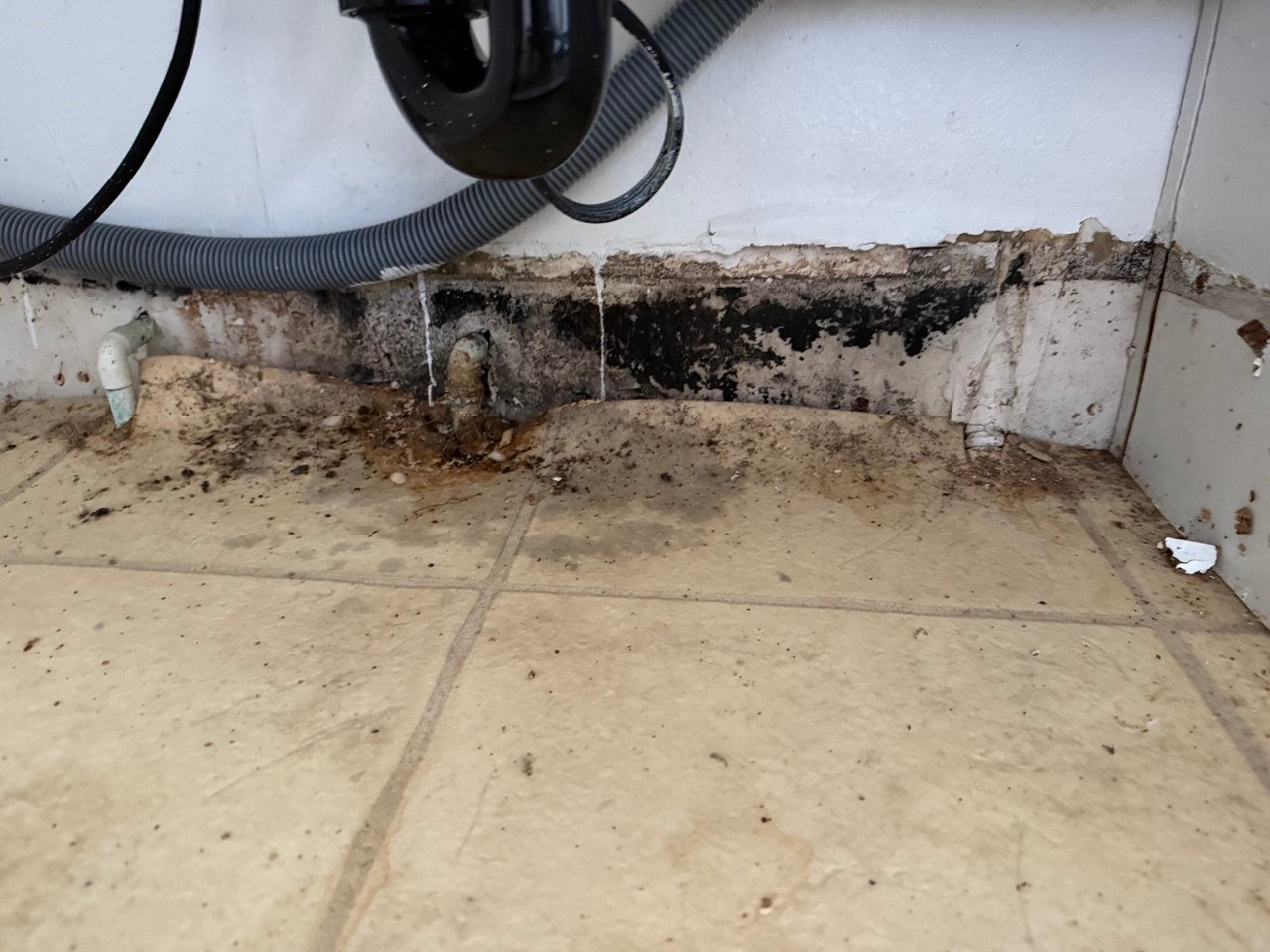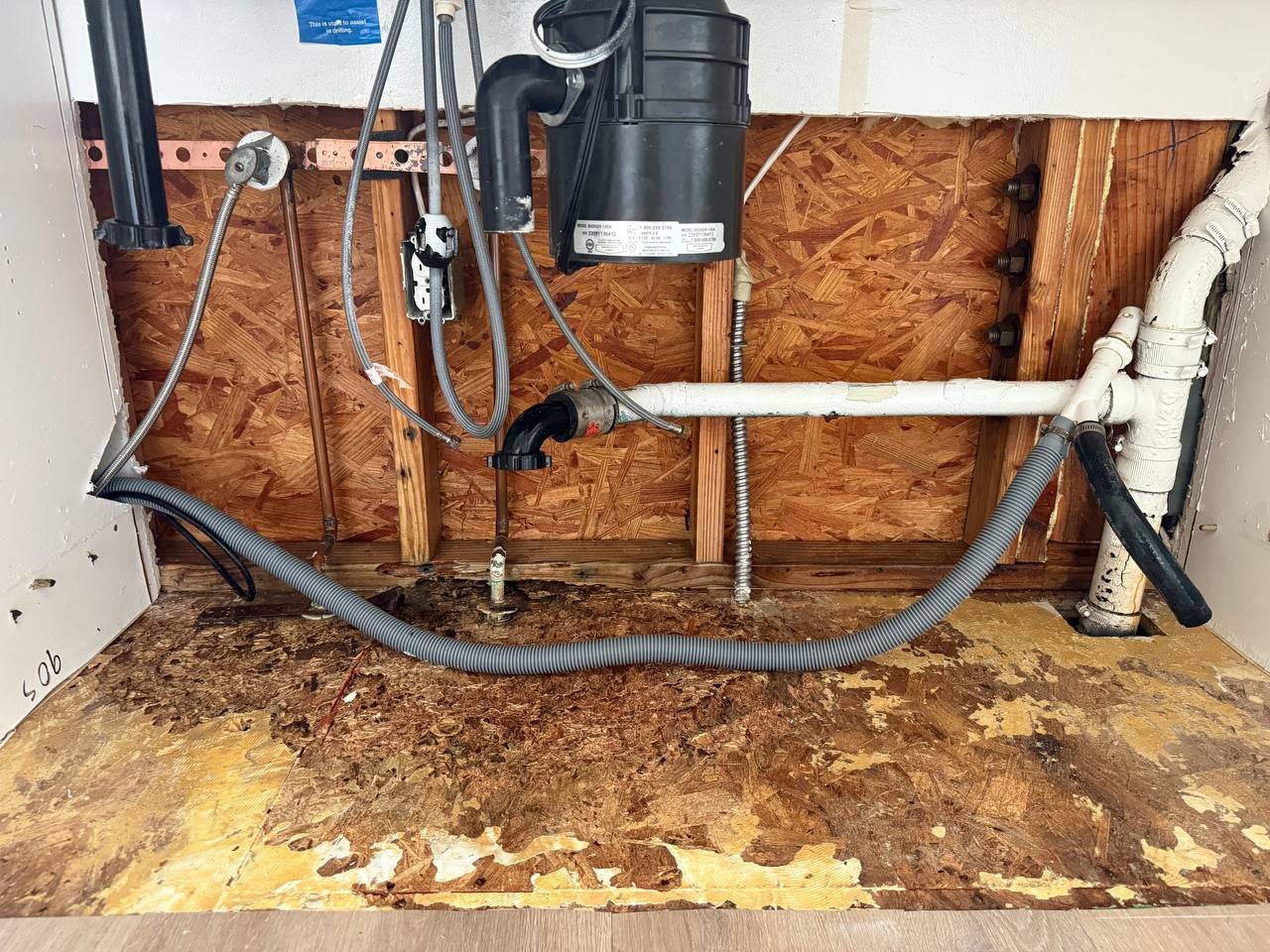Mold Remediation in Hollywood, CA | Inspection, Removal, Prevention
Hollywood mixes pre-war apartments near Hollywood Blvd, mid-century buildings along Sunset, and hillside homes above Franklin and Outpost. Roof details, older plumbing, and weak bathroom ventilation make hidden moisture common. Onsite Pro Restoration delivers certified inspections, controlled removal, and prevention tailored to Hollywood’s construction types and occupancy patterns.
Get Started
Service Form
Signs You May Need Mold Remediation
Musty Odor, Spots, or Recurring Stains
A persistent musty smell, speckling on drywall, or stains that return after cleaning indicate ongoing moisture in cavities.
Symptoms That Ease Outdoors
If cough, sinus irritation, or eye watering improve outside but worsen at home, hidden moisture or growth may be present.
After Leaks or High Humidity
Roof intrusions, stack leaks between units, AC condensate issues, or steam showers without proper exhaust often trigger growth inside walls and ceilings.

Why Mold Happens in Hollywood Homes and Buildings
Flat Roofs and Decks Over Living Space
Older flats on or near Sunset and Hollywood Blvd pond at drains and penetrations. Membrane failures push water into ceilings below, where insulation and plaster hold moisture.
Vintage Bathrooms and Weak Exhaust
Pre-war baths with original tile and no mechanical exhaust trap humidity. Moist air migrates into wall cavities and behind plaster or lath.
Stack and Supply Leaks in Multi-Unit Buildings
Shared walls along Highland, Cahuenga, and the NoHo–Hollywood corridor see recurring stack leaks and upstairs overflows. Moisture travels horizontally and vertically if not contained.
Hillside Assemblies and Irrigation
Hillside watering and complex flashing above Franklin, Outpost, and Hollywood Hills West push moisture into sheathing and lower walls, especially near planters.
HVAC Condensate and Mechanical Rooms
Clogged condensate lines and pan overflows wet framing near air handlers and closets. Unvented utility spaces hold humidity.

Our IICRC S520 Mold Remediation Process
Inspection and Moisture Mapping
We identify sources, then map wet materials using pin/pinless meters and thermal imaging. Sampling is recommended only when it informs scope, satisfies HOA/lender needs, or verifies clearance (PRV).
Source Control
Mold returns if the source remains. We coordinate plumbing fixes, roof or membrane repair, condensate service, ventilation upgrades, or irrigation corrections before or during remediation.
Containment and Negative Pressure
We isolate work zones with poly or rigid containments, zipper access, and HEPA-filtered negative air to prevent cross-contamination. HVAC supplies/returns in the zone are sealed. Paths get floor and dust protection.
Removal of Contaminated Materials
Porous materials with established growth (colonized drywall, wet insulation, carpet pad) are removed. Framing is exposed where needed for cleaning and dry-down. We avoid unnecessary demolition.
HEPA Cleaning and Detail Work
We HEPA vacuum, mechanically agitate, and detail clean all affected surfaces. Targeted antimicrobial supports cleaning; it never replaces source removal.
Controlled Drying to Targets
Dehumidifiers and directed airflow reduce vapor pressure and bring materials to target moisture. We log baseline and daily readings and do not close until targets are met.
Post-Remediation Verification (as needed)
For larger jobs, HOAs, or sensitive occupants, a third-party assessor performs PRV. Passing typically includes visual clearance, odor-free conditions, and project-appropriate sampling.
Documentation and Handover
You receive photos, containment layout, moisture and equipment logs, and a line-item scope in Xactimate. This reduces adjuster pushback and protects future disclosures.
Common Hollywood Scenarios We Handle
Flat-Roof Intrusion Near Sunset
Wind-driven rain enters at penetrations. Ceilings below wet, insulation holds moisture, odor follows. We remove contaminated insulation, open limited sections, clean framing, dry to targets, then coordinate membrane repairs.
Vintage Bath With Recurring Spots
No mechanical exhaust and daily showers keep RH high. We remediate the wall assembly, dry to targets, and recommend a proper vented fan with humidity control.
Stack Leak in a Mid-Rise
Water travels in a plumbing chase, impacting multiple units. We phase containment per floor, maintain negative air, and keep unit-specific logs for property management and insurers.
HVAC Condensate Overflow in a Closet
Clogged drains wet adjacent framing and drywall. We remediate, service the line, and add float switches or alarms to prevent recurrence.
Health and Safety
Negative pressure keeps contaminants inside containment.
PPE and controlled waste handling limit exposure.
Lead/asbestos rules are followed for pre-1978 materials before disturbance.
No “fog-only” shortcuts. Established growth requires source removal.
Why Choose Onsite Pro in Hollywood
Local Experience
Daily work from Hollywood Heights and Whitley Heights to East Hollywood and Melrose. Crews know flat-roof details, vintage interiors, and HOA rules.
Certified and Measured
IICRC S520 methods, instrument-verified moisture targets, and transparent documentation. No early closures that cause odor or recurrence.
Insurance-Ready
Adjuster-friendly Xactimate estimates, photo sets, moisture logs, and PRV results when used. We communicate scope directly with carriers to cut delays.
Costs and Variables (Typical Ranges, Not a Quote)
Actual costs depend on size, materials, access, and verification needs:
Containment and protection: $150–$600 per chamber.
Selective demolition: drywall removal/haul-off $2.50–$5.50 per sq ft; wet insulation removal $1.50–$3.50 per sq ft; baseboard/toe-kick R&R $6–$12 per linear ft.
HEPA negative-air (per day): $95–$165 per machine.
Air movers / dehumidifiers (per day): $25–$45 and $75–$125.
Detail cleaning + antimicrobial: $0.20–$0.50 per sq ft treated.
PRV by third party (if requested): billed by assessor/lab.
Policies often limit mold coverage but may cover the sudden and accidental water loss that caused it. Our documentation ties cause, scope, and dry-down to policy language.
Timeline
Inspection and scope: same day.
Containment, removal, initial cleaning: 1–2 days for a bathroom or closet; longer for multi-room or multi-unit.
Drying and PRV: typically 2–4 additional days depending on materials and humidity.
Rebuild: after moisture targets and, if used, PRV pass. Typical scopes: drywall/texture, insulation, paint, trim.
Prevention After Remediation
Repair roofing, balcony/deck membranes, flashing, and stucco cracks.
Add or upgrade bath and laundry exhaust to the exterior with humidity controls.
Service HVAC drains and pans; add float switches and leak alarms.
Keep indoor RH near 40–50%; use dehumidifiers in problem areas.
Replace aging supply lines and angle stops; install a pressure regulator if PSI is high.
Adjust irrigation and maintain positive grading away from foundations.
After any leak, verify target moisture levels before closing walls.
Explore More Restoration Services in Hollywood
Hollywood Water Damage Cleanup
Rapid water extraction and drying.
Hollywood Fire Damage Restoration
Fire and smoke cleanup and repair.
Hollywood Sewer Damage Cleanup
Biohazard cleanup and disinfection.
Hollywood Hub Page
Explore all services in Hollywood.
